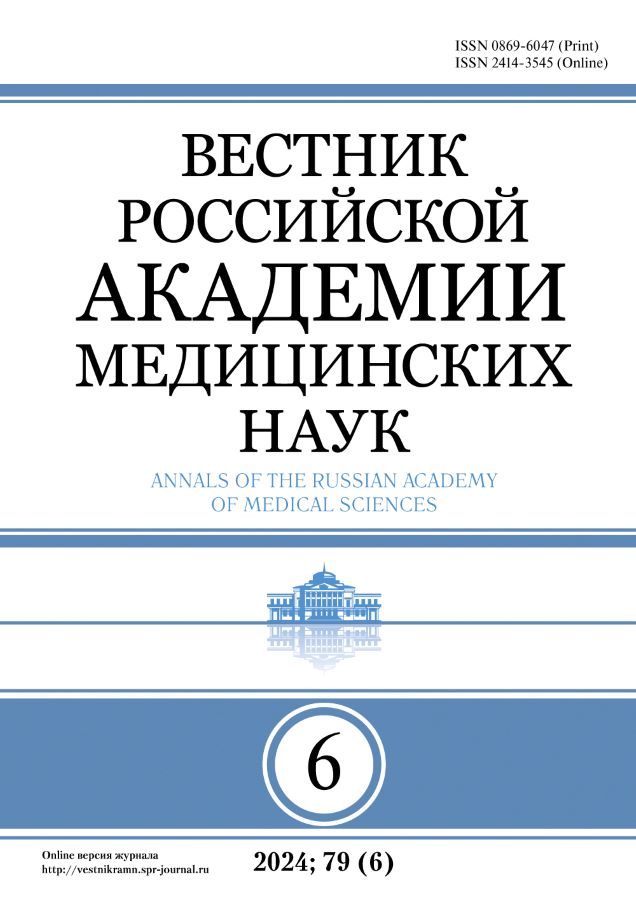Об авторах
Научный центр сердечно-сосудистой хирургии им. А.Н. Бакулева РАМН, Москва
Автор, ответственный за переписку.
Email: tatiana@box.ru
кандидат биологических наук, старший научный сотрудник отдела патологической анатомии ФГБУ «НЦССХ им. А.Н. Бакулева» РАМН Адрес: 121552, Рублевское шоссе, д. 135 Тел.: (495) 414-78-14 Россия
Научный центр сердечно-сосудистой хирургии им. А.Н. Бакулева РАМН, Москва
Email: abu1967@mail.ru
кандидат медицинских наук, младший научный сотрудник отделения рекон- структивной хирургии новорожденных и детей первого года жизни ФГБУ «НЦССХ им. А.Н. Бакулева» РАМН Адрес: 121552, Рублевское шоссе, д. 135 Тел.: (495) 414-76-15 Россия
Научный центр сердечно-сосудистой хирургии им. А.Н. Бакулева РАМН, Москва
Email: elph78@mail.ru
младший научный сотрудник отдела патологической анатомии ФГБУ «НЦССХ им. А.Н. Бакулева» РАМН Адрес: 121552, Рублевское шоссе, д. 135 Тел.: (495) 414-78-14 Россия
Научный центр сердечно-сосудистой хирургии им. А.Н. Бакулева РАМН, Москва
Email: seroroman@yandex.ru
доктор медицинских наук, профессор, заведующий отделом патологической анатомии ФГБУ «НЦССХ им. А.Н. Бакулева» РАМН Адрес: 121552, Рублевское шоссе, д. 135 Тел.: (495) 414-78-53 Россия
Научный центр сердечно-сосудистой хирургии им. А.Н. Бакулева РАМН, Москва
Email: orhn@yandex.ru
доктор медицинских наук, профессор, заведующий отделением реконструктивной хирургии новорожденных и детей первого года жизни ФГБУ «НЦССХ им. А.Н. Бакулева» РАМН Адрес: 121552, Рублевское шоссе, д. 135 Тел.: (495) 414-76-13 Россия
Научный центр сердечно-сосудистой хирургии им. А.Н. Бакулева РАМН, Москва
Email: nfo@heart-house.ru
академик РАН и РАМН, директор ФГБУ «НЦССХ им. А.Н. Бакулева» РАМН Адрес: 121552, Рублевское шоссе, д. 135 Тел.: (495) 414-75-51 Россия








